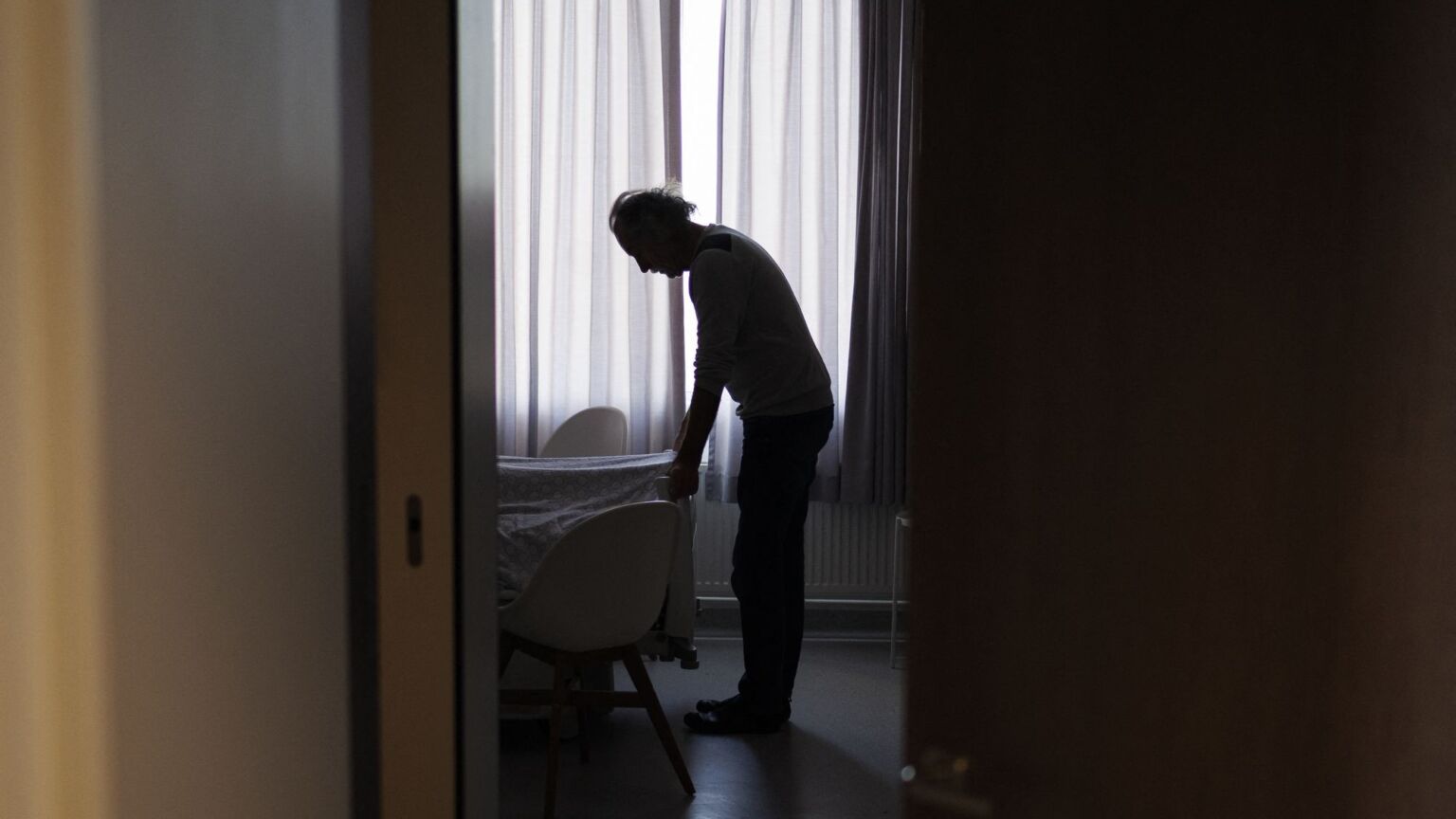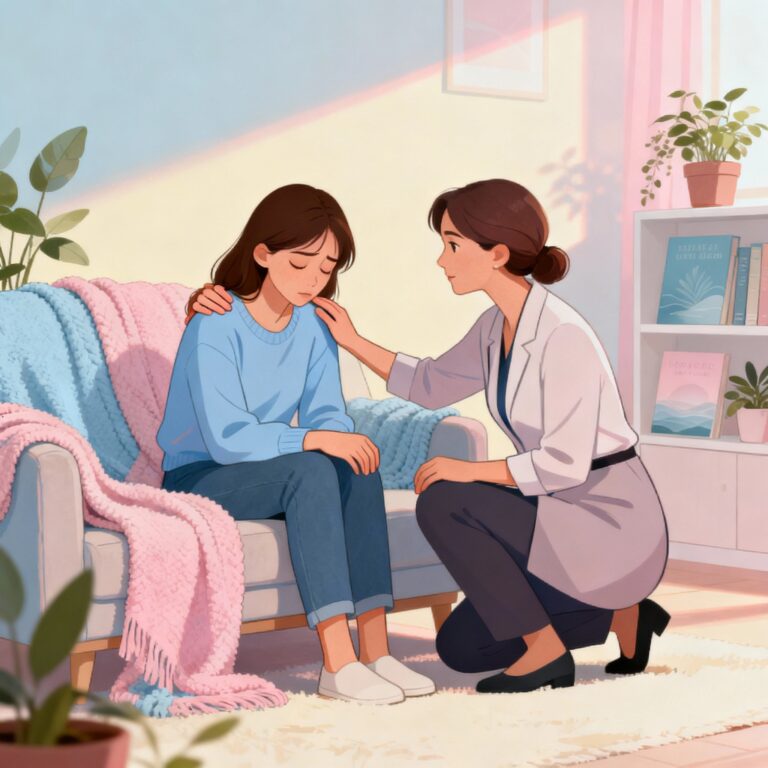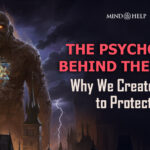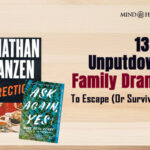The Rise of the Mental Health Crisis
It is repeatedly stated that we are in the midst of a mental health crisis. Reports of rising depression, anxiety, and other psychological disorders are widespread, and the situation appears to be worsening. A striking example comes from the Netherlands, where cases of euthanasia due to psychological suffering have surged by 60 percent annually. Of the 10,000 individuals who died by euthanasia in Holland last year, one in ten ended their lives because of mental anguish.
Many accounts link the surge in mental health crisis to the pandemic, typically using the phrase “since Covid.” However, a more accurate framing would be “since the lockdowns.” The long-term effects of enforced isolation played a far greater role in mental distress than the virus itself.
Pathologizing Normal Emotions
Yet, the lockdowns of 2020 and 2021 were not the root cause of our mental health crisis. Rather, they exacerbated an existing problem: the pathologization and self-diagnosis of ordinary emotions like sadness, disappointment, and worry. Even before the pandemic, modern society had become increasingly prone to medicalizing feelings of isolation, failure, and distress—treating them as permanent conditions rather than natural human experiences.
More than two decades ago, Frank Furedi’s book Therapy Culture warned of a growing tendency to frame every challenge or misfortune as a direct threat to emotional well-being. He noted the widespread belief that people lack the resilience to cope with adversity. These observations now seem eerily prophetic.
By the time lockdowns were enforced, a generation raised to believe in their own fragility was met with politicians who shared that same belief. This led to a vicious cycle: post-lockdown, anxiety and depression rates soared among a population already primed to feel powerless. Many young people have since resigned themselves to a life on disability benefits, further reinforcing their sense of helplessness.
The most disturbing consequence of this mindset is now evident in the Netherlands, where increasing numbers of young people see themselves as incapable of facing life and seek euthanasia as a solution. Our therapeutic culture has a great deal to answer for.
The Hypocrisy of Virtue-Signaling Activists
According to a report in The Telegraph, supporters of the taxpayer-funded charity Stop Funding Hate have been linked to spreading anti-Semitic rhetoric online. The group, which claims to challenge “all forms of discrimination without exception,” recently advocated for a boycott of Israeli products and urged Marks & Spencer to stop advertising on GB News.
However, comments on Stop Funding Hate’s Facebook page tell a different story. Some supporters have labeled Marks & Spencer—a company founded by a Jewish immigrant—as “Nazis” and “genocide supporters.” Others have used blatantly anti-Semitic slurs, exposing the deep contradiction in the organization’s supposed anti-hate stance.
Ironically, Stop Funding Hate received a state-backed £100,000 grant in January, highlighting the contradictions within Britain’s increasingly performative “anti-hate” policies. Groups that proclaim themselves to be fighting against intolerance often exhibit the very hatred they claim to oppose.
This is not an isolated phenomenon. Organizations like Hope Not Hate, which claim to combat extremism, have frequently smeared individuals across the political spectrum—ranging from conservative politicians to feminists advocating for free speech.
Time and again, history has shown that those who claim moral superiority often become the most intolerant and aggressive enforcers of their ideology.
A Life Lived Virtually Is No Life at All
Reflecting on the lessons of the pandemic, one clear takeaway is that a life lived online is an inadequate substitute for real human connection. The lockdowns reinforced a dangerous delusion: the idea that human beings are primarily minds rather than embodied beings. By 2020, many had begun to believe that their true selves could be represented through digital interactions alone.
But when real-world contact was stripped away—when we could no longer meet in person, shake hands, or embrace—we were painfully reminded of our physical nature. The resulting surge in mental health crisis was a stark testament to this truth.
Today, mental health crisis many still struggle with the lingering effects of excessive virtual living. The more people retreat into online spaces, the more their mental health crisis worsens. The lack of real-world interactions fuels insecurity, envy, polarization, and a distorted perception of reality.
Even in 2025, the mental health crisis solution remains the same: we need to get out more. Engaging with the world physically—not just digitally—is essential for a fulfilling life.
Frequently Asked Questions –
Is the rise in mental health issues solely due to lockdowns?
No, while lockdowns exacerbated existing issues, the long-term trend of medicalizing normal human emotions contributed significantly to the current mental health crisis.
How does therapeutic culture contribute to the crisis?
It encourages people to see themselves as emotionally fragile, discourages resilience, and promotes self-diagnosis, leading to increased dependency on medical interventions.
What can be done to counteract the negative effects of virtual living?
Prioritizing real-world interactions, limiting time spent online, and fostering meaningful in-person relationships can help restore mental well-being.
Are ‘anti-hate’ organizations always beneficial?
Not necessarily. Many groups that claim to combat hate often engage in the same intolerant and divisive behaviors they oppose, sometimes amplifying the very hatred they claim to fight.
What is the biggest takeaway from this discussion?
Society must shift its focus from excessive emotional validation and online living to resilience-building and genuine human connection.







